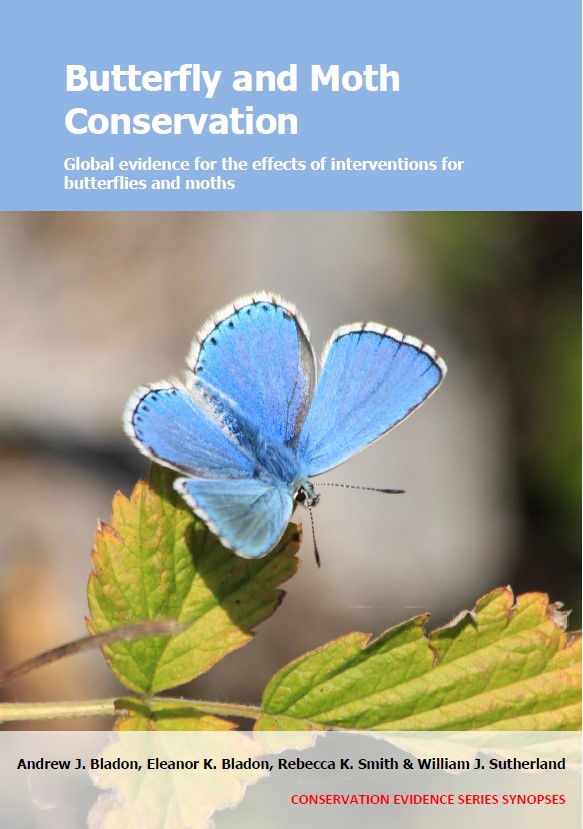Restore or create new habitats after mining and quarrying
-
Overall effectiveness category Awaiting assessment
-
Number of studies: 4
View assessment score
Hide assessment score
How is the evidence assessed?
-
Effectiveness
not assessed -
Certainty
not assessed -
Harms
not assessed
Study locations
Supporting evidence from individual studies
A replicated, randomized, controlled study in 2000–2001 in a former slate quarry in North Wales, UK (Rowe et al. 2006) found that applying fertilizer to trees on slate waste tips did not increase the abundance of caterpillars. On fertilized birch and willow trees in a former quarry, the number of caterpillars (1.3 individuals/m2 leaf) was not significantly different from the number on unfertilized trees in the quarry (1.0 individuals/m2 leaf) or on trees in undisturbed woodland (2.0 individuals/m2 leaf). Twenty birch Betula spp. and 20 willow Salix spp. trees were selected in an area of nutrient-poor slate waste which had been partly colonized by trees over 40–100 years since quarrying. The site was grazed by sheep at low density (0.1 ewes/ha). On 23 May 2000 and 2001, fertilizer (175 kg nitrogen/ha, 53 kg phosphorus/ha, 188 kg potassium/ha) was applied to a 2.25 m2 plot around 10 trees of each species. In May, June and July 2000 and 2001, a small branch (4–5 mm diameter) from the top of each birch tree was enclosed in a bag and cut, and the caterpillars collected in the bag were counted. In 2001 only, caterpillars were sampled from willow trees using the same method. Each year, caterpillars were also sampled from 10 trees of the same species from an adjacent, undisturbed woodland.
Study and other actions testedA replicated, paired, site comparison study in 2007 in five former limestone quarries in the Bohemian Karst, Czech Republic (Tropek et al. 2010) found that technically restored quarries had a lower species richness of butterflies and day-flying moths than quarries left to restore naturally. In technically restored quarries, the species richness of all butterflies and day-flying moths (17 species/plot) was lower than in naturally restored quarries (24 species/plot). In addition, the species richness of xeric habitat specialists, and species of conservation concern, was also lower in technically restored quarries (xeric: 5–6; conservation: 0–2 species/plot) than in naturally restored quarries (xeric: 8–15; conservation: 3–7 species/plot). Five pairs of plots (0.2–0.3 ha, 0–150 m apart) were monitored in five quarries which had been abandoned for 10–60 years. In each pair, one plot had been “technically restored” (site covered with topsoil, fast-growing herbs sown, trees planted) and the other had been left to develop naturally (“spontaneous succession”). From May–August 2007, butterflies and day-flying moths were surveyed five times along two perpendicular transects through each plot (50 m/5 min).
Study and other actions testedA site comparison study in 2013 in a restored peat mine and three native peat bogs in Waikato region, New Zealand (Watts et al. 2013) found that a peat bog restored after mining supported a similar density of Fred the thread moth caterpillars Houdinia flexilissima to three undisturbed bogs, and caterpillars were a similar size at each site. Eleven to 15 years after restoration from mining, a restored peat bog had a similar density of Fred the thread caterpillars (1–2 caterpillars/m of stem) to three undisturbed sites (1–2 caterpillars/m of stem). The caterpillars were a similar size in the restored (9–11 mm) and undisturbed bogs (5–10 mm). Within a 150-ha peat mine, mined strips (45 m wide, 950 m long) had been restored 11–15 years earlier by creating raised islands of processed peat (5 m diameter, 30 cm high, 30 m apart) which were seeded with mānuka Leptospermum scoparium, which was eventually outcompeted by bamboo rush Sporadanthus ferrugineus. The islands reached 100% vegetation cover in two years. The restored areas were adjacent to 40 ha of unmined peat. From March–April 2013, twenty 60-cm-long sections of bamboo rush stems were collected from a 33-cm-diameter plot on each of two islands (20 m apart, 600 m from unmined peat) in each of three restored strips, and from 6–14 plots in each of three undisturbed bogs (114–10,201 ha). Stems were dissected in the lab to count caterpillars.
Study and other actions testedA replicated, paired, site comparison study in 2014 in an open-cast mine spoil heap in Sokolov district, Czech Republic (Moradi et al. 2018) found that areas left to regenerate without flattening had more species of moth than flattened areas. The species richness of moths in unflattened areas (16 species/plot) was higher than in flattened areas (10 species/plot). However, the only endangered species recorded, purple tiger Rhyparia purpurata, did not show a preference for unflattened or flattened areas (data not presented). Of 380 species of invertebrate recorded (including 208 species of moth), 30% were only found in unflattened areas, and 15% were only found in flattened areas. From 1996–2009, most of a spoil heap was flattened by bulldozing, but patches were left with 1-m-high piles in rows, ~6 m apart. No topsoil was added to the site. Four pairs of unflattened and flattened 1-ha plots (~250 m apart) of a similar age were selected. Pairs were ~1 km apart. From May–September 2014, moths were sampled once/fortnight using two UV light traps/plot, set 50 m apart.
Study and other actions tested
Where has this evidence come from?
List of journals searched by synopsis
All the journals searched for all synopses
This Action forms part of the Action Synopsis:
Butterfly and Moth Conservation
Butterfly and Moth Conservation - Published 2023
Butterfly and Moth Synopsis





)_2023.JPG)














